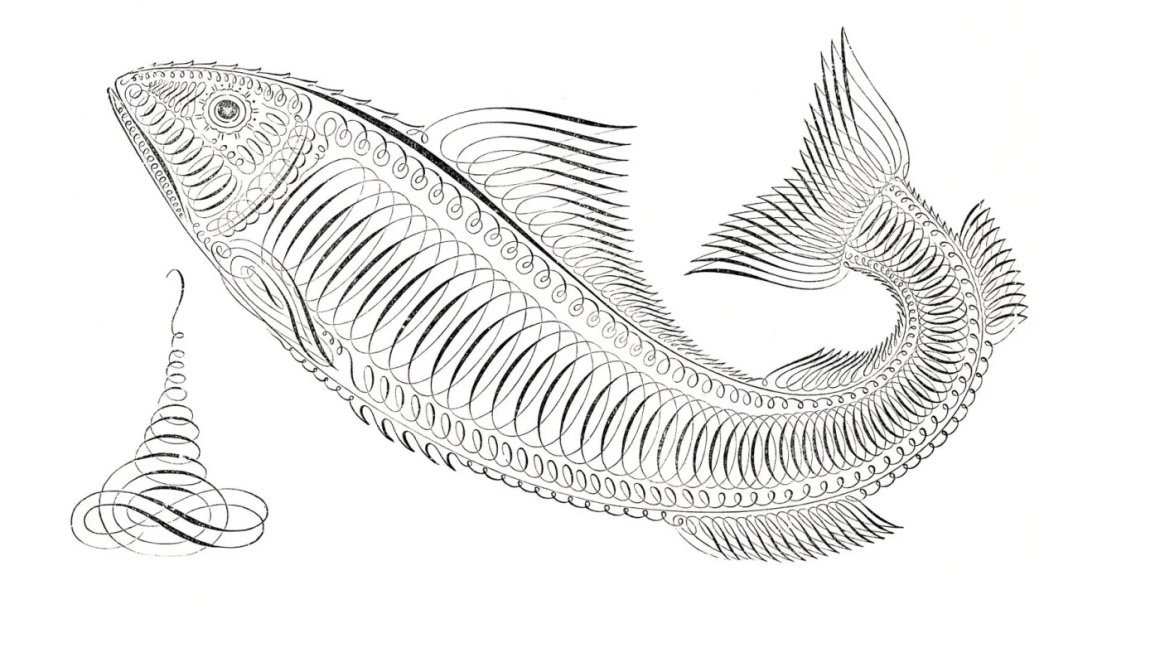Review: Memorial Drive by Natasha Trethewey
By Shir Kehila
Nearly three decades after her mother’s death, Pulitzer prize winner and twice-appointed Poet Laureate Natasha Trethewey accepted a faculty position in the city where her mother had been killed. Her return to Atlanta, Georgia set in motion the striking, nonlinear journey of this book—the past and future of the day her mother had been shot by her ex-husband, Trethewey’s step-dad—in her own apartment on Memorial Drive.
Trethewey’s second book of nonfiction, Memorial Drive: A Daughter’s Memoir, opens with a dream. It is one the author has had three weeks after her mother’s death. In it, her mother asks, “Do you know what it means to have a wound that never heals?” This question, along with the rest of the dream, became increasingly haunting to me as my reading progressed; I could see the elements of the dream reflected in the moving pieces of the story, their slashed edges slowly coming together.
Trethewey’s memoir is a lyric confrontation with grief—the way it shapes and reshapes memory over time, permeating even those decades preceding loss. The author’s childhood recollections, laced with lessons on myth and metaphor, draw a detailed backdrop to her early years as a mixed-raced child in the segregated South—the South her father, a white Canadian citizen, knew little about, and her mother, a black woman from Mississippi, knew well.
Following her parents’ divorce, six-year-old Trethewey moves from Mississippi to Atlanta with her mother. In Atlanta, a city originally named Terminus—a chilling detail turned dark prophecy—her mother meets a man who instantly unsettles Trethewey. She recalls the moment of their introduction, “his smile uneven, a twitch in his upper lip when he fixed his mouth to say you.” He will soon become her mother’s husband, and later her assassin.
Trethewey remembers terrifying car rides with Grimmette, her mother’s new husband, whom she used to call “Big Joe.” She sits tense by his side, “careful not to fidget, or to do anything to attract his attention, speaking only if he addressed me.” Like highway 285, the bypass loop they ride around Atlanta, these rides are loops with no destination, ending back at their apartment. “No matter how many times I rode with him,” Trethewey writes, “I never stopped worrying that he would abandon me somewhere and that I would lose my mother forever.” She sighs with relief when they get home, but never mentions anything about these rides, her intuition silenced by the fear of what words can do. It’s better to keep silent, she thinks, than to speak and “invite disaster.” But while Trethewey recognizes that the child-like belief that “certain talismanic acts must be performed to prevent disaster—that disaster can somehow be prevented” may not hold true, she continues to wrestle with the question of preventability—with her role, as well as others’ roles, in her mother’s fate.
With the knowledge that Grimmette had initially planned to kill Trethewey herself and not her mother, Trethewey can’t help but wonder whether she unknowingly traded her mother’s life for her own. In her questioning of roles, she incorporates some of her mother’s own writing as well as transcripts of her phone calls with Grimmette, made in the days leading up to her death, all full of explicit, explosive threats on her life.
Knowing what it meant for black people to live in the South, Trethewey’s mother was “aware that any child she brought into the world would have much to learn in order to be safe.” She did what she could to keep her children safe—both Trethewey and a son she’d had with Grimmette—and tried to keep herself safe, too; her attempts are documented in the book, in writing, recorded phone calls, collaborations with the police. They all point to the tragic failures of the system meant to protect her, to the fact that her death was evitable.
Towards the end of the book, she returns to the dream from its opening, almost as if coming full circle. I was able to see more of it, in that second reading, to understand it more deeply. But in grief there is hardly a coming full circle; it tends to be broken off somewhere, to disorient the search. Still, as we look for the point where the ends of our grief meet, we may, like Trethewey, end up coming back to a place we’d vowed never to return to. Even that return, it seems, is more akin to driving the 285 highway, the bypass loop, than it is to an arrival. The book ends on the road, too—this time only Trethewey and her mother in the car—a closing which is also a movement.
About the author:
Shir Kehila is pursuing a joint MFA in Creative Nonfiction and Translation at Columbia University. Her writing has appeared in The Boiler Journal, The Albion Review, Beech Street Review and elsewhere. She is the Online Nonfiction Editor of Columbia Journal.
